4 Ways to Reduce Chrome Memory Usage
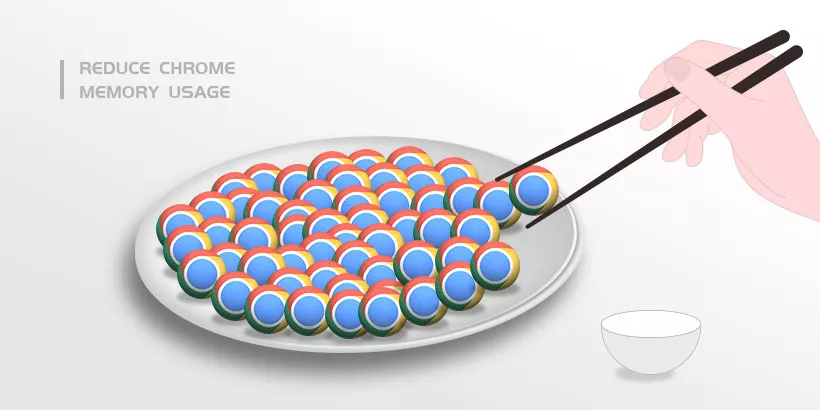
Chrome and other web browsers store every tab and extension in a separate RAM process. Isolating the processes in this way provides better stability and improved security. Although these processes are small, they add up quickly. In other words, Chrome splits everything out into its own process and you are likely doing a lot of things at the same time. And a lot of processes mean a lot of RAM being used.
We all know that such high memory usage can lead to performance issues. Therefore, to help you out, we will show you a few ways to significantly cut down on chrome's memory usage below.
Use chrome task manager
Step 1: Open Chrome, and press Shift+Esc to fire up Chrome's Task Manager.
Step 2: You will see all processes running on Chrome, clicking the End Process button to remove the processes you want to end.
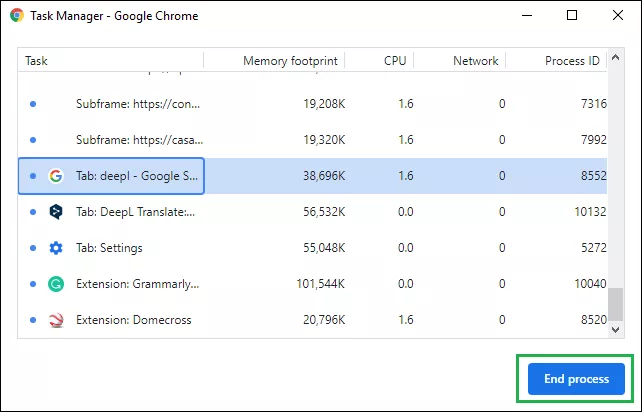
Enable hardware acceleration
Step 1: Open your Chrome browser, click the three-dot menu to open Settings.

Step 2: Type system in the search bar, and toggle on the Use hardware acceleration when available option.

Use chrome malware scanner
Step 1: Open Chrome and go to Settings. (Repeat step 1 above.)
Step 2: Scroll down to open Advanced, and choose Reset and clean up in the drop-down menu.
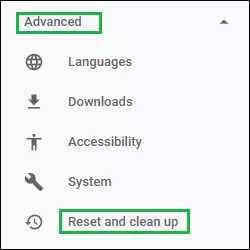
Step 3: Under Reset and clean up, click Clean up computer.
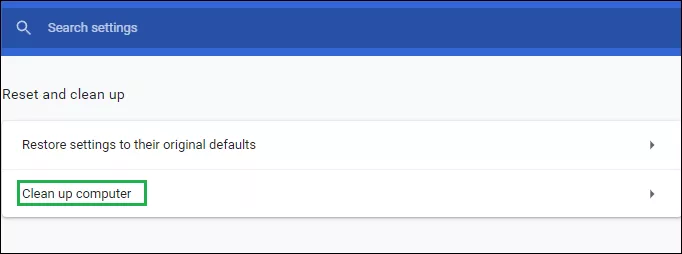
Step 4: In Find harmful software, click the Find button to initiate a quick scan of your PC.
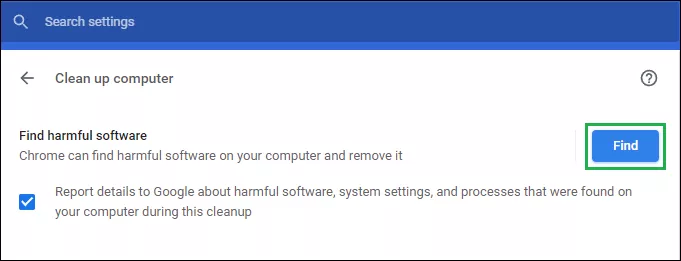
Reset google chrome
Step 1: Repeat steps 1 and steps 2 above.
Step 2: Under Reset and clean up, click Restore settings to their original defaults.
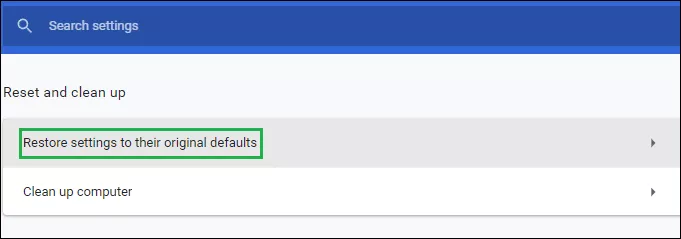
Step 3: On the confirmation pop-up box, click Reset settings.
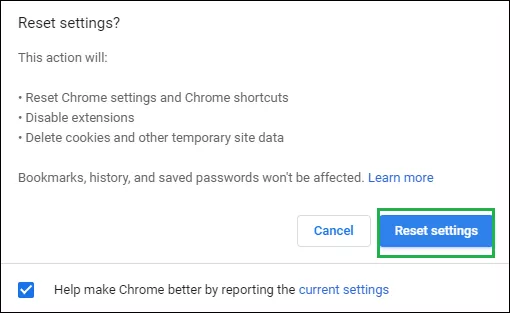
Note: Resetting chrome will delete browser cache and cookies, search engines, and pinned tab. If none of the above-listed ways sort out, you can choose to uninstall and reinstall Chrome instead of resetting. This will give you a fresh start.




















